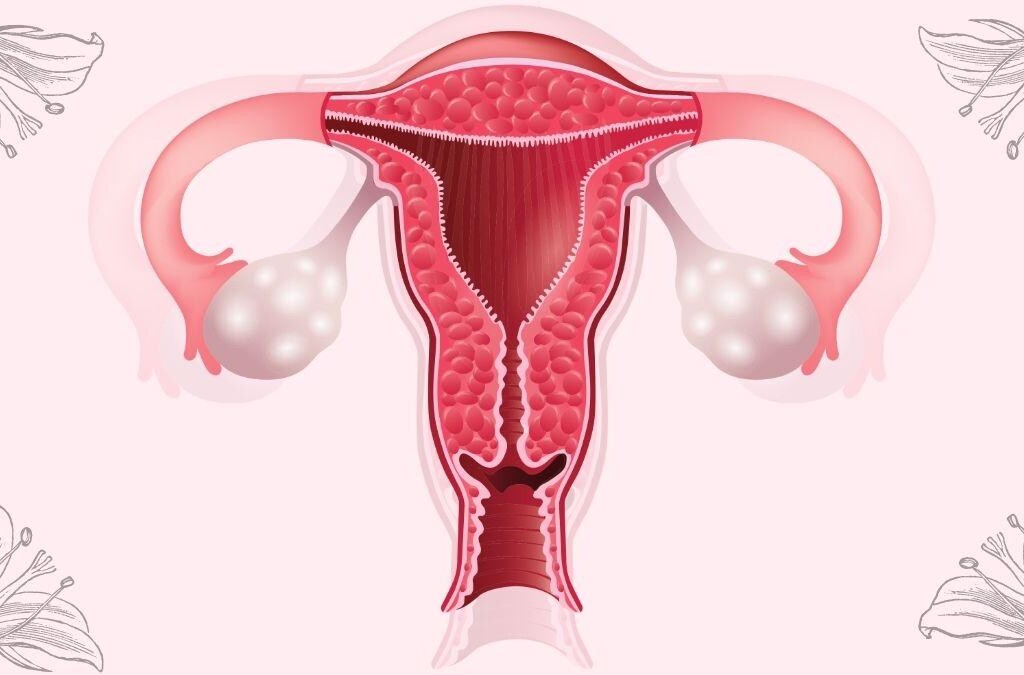Exophthalmos, clinically termed as the protrusion of the eyeball, has been the subject of study from various medical perspectives. Yet, an unconventional approach is offered by biodecoding, a discipline positing an indissoluble link between physical ailments and underlying emotional conflicts.
Exophthalmos According to Biodecoding — Emotional Conflicts
Within the biodecoding framework, exophthalmos is categorized under what is called the First Embryonic Stage, closely related to survival.
This theoretical stance is based on the interpretation that physical manifestations of the disease are, in fact, expressions of an unresolved internal conflict.
The biodecoding approach identifies the central conflict of exophthalmos as the primal need to foresee danger.
This state of perpetual alert could physically translate into an ocular protrusion which, metaphorically, would allow an expanded visual field to detect threats and react promptly.
The emotional narrative is encapsulated in the sentiment: “I must see the danger as quickly as possible.” This interpretation emphasizes a predisposition to live in a state of constant vigilance and anticipation.
The Dialogue Between the Thyroid and the Gaze
Frequently, thyroid disorders intertwine with exophthalmos. In biodecoding parlance, this is interpreted as the desire to “catch with the gaze” that which one longs for or needs to perceive. It may be a manifestation of the urgency to understand or control situations that seem to elude comprehension or the ability to influence them.
If the eyes enlarge, it suggests that the body is communicating through this symptom a lack of tranquility, an alarm signal indicating a state of imminent danger perception.
The Practice of Biodecoding
The clinical practice of biodecoding includes techniques aimed at emotional catharsis and resolving psychic conflicts. This is achieved through conversation, directed reflection, and relaxation techniques intended to trigger the recognition and subsequent release of trapped emotions.
Biodecoding stands on the periphery of traditional medical practices. While its conceptual proposal offers a rich and possibly therapeutic narrative for some, it is crucial to emphasize that any approach to health should be accompanied by competent medical advice.
The processes of self-inquiry and emotional healing proposed by biodecoding can be valuable, but they should not replace medical diagnosis and treatment. They are, at best, complementary to conventional medicine and should be regarded as such.
The interpretation offered by biodecoding does not replace the need for informed and professional medical care. It is a call for a holistic understanding of health, where emotional balance plays a vital role in overall well-being.




